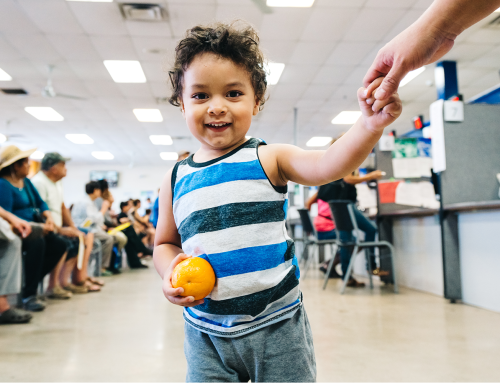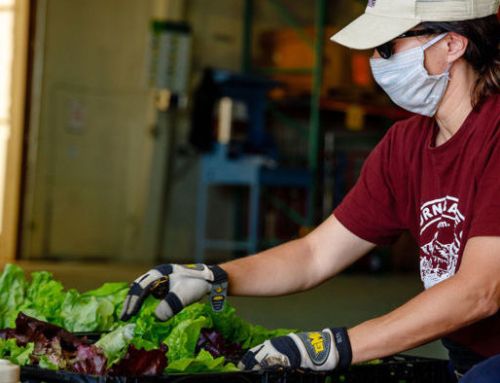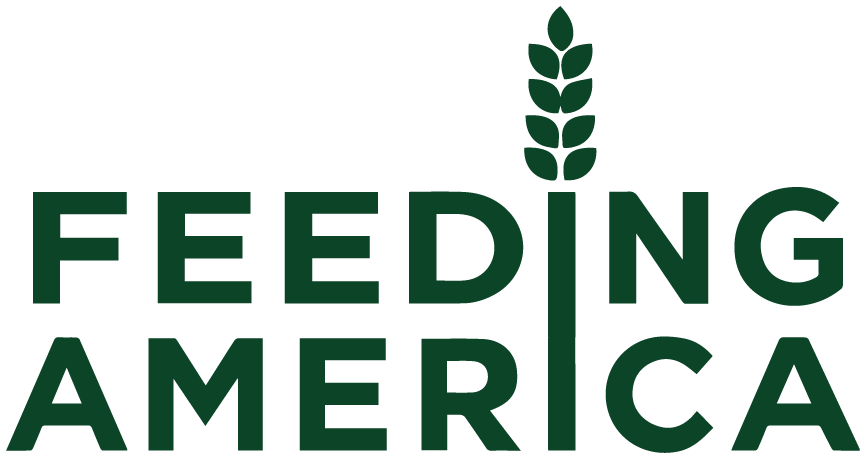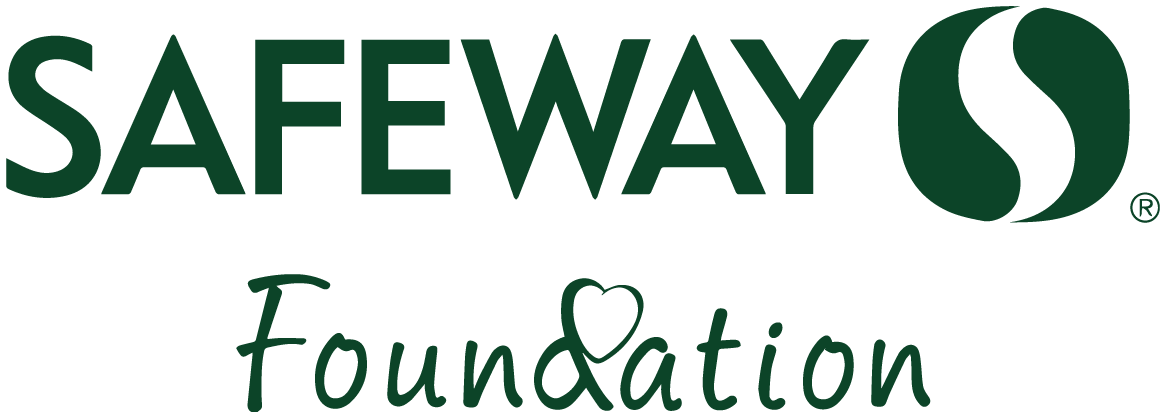Everyone’s been there: it’s time to clean out your refrigerator, and as you work your way through the back of the fridge, you discover long-forgotten sauces, vegetables, or leftovers that sadly are well past their prime. The average American household wastes $1,866 worth of food annually. Still, your walk of shame from the refrigerator to the trash can doesn’t paint the whole picture when it comes to food waste.
Food waste happens at all levels of the food system. Farmers sometimes grow more produce than can be harvested, food distributors have to discard food due to processing errors, and grocery stores need to discard less than perfect foods to make room for fresher items.
When we waste food, we also waste time, energy, and the natural resources that go into producing it. An estimated 30-40% of food in America gets thrown away each day, yet 38 million people in our country still face hunger.
While the reality may seem intimidating, there are ways we can tackle food waste together. According to the USDA and EPA’s Food Recovery Hierarchy, the three most effective remedies for food waste are source reduction, feeding hungry people, and feeding animals.
Here at Community Food Share, we play our part in reducing food waste by rescuing 14 tons of food each day! By picking up food from grocery stores, gleaning crops on local farms, and partnering with local distributors, we get food into the hands of the people who need it the most. When we receive food that’s past its prime for human consumption, we can give it to our partners at animal sanctuaries who use it to feed pigs, worms, and even wolves!
There is no doubt that we still have a lot of work to do to truly fix the food waste problem. And while we can’t solve this global issue on our own, we can all play a role in protecting the planet we call home.












